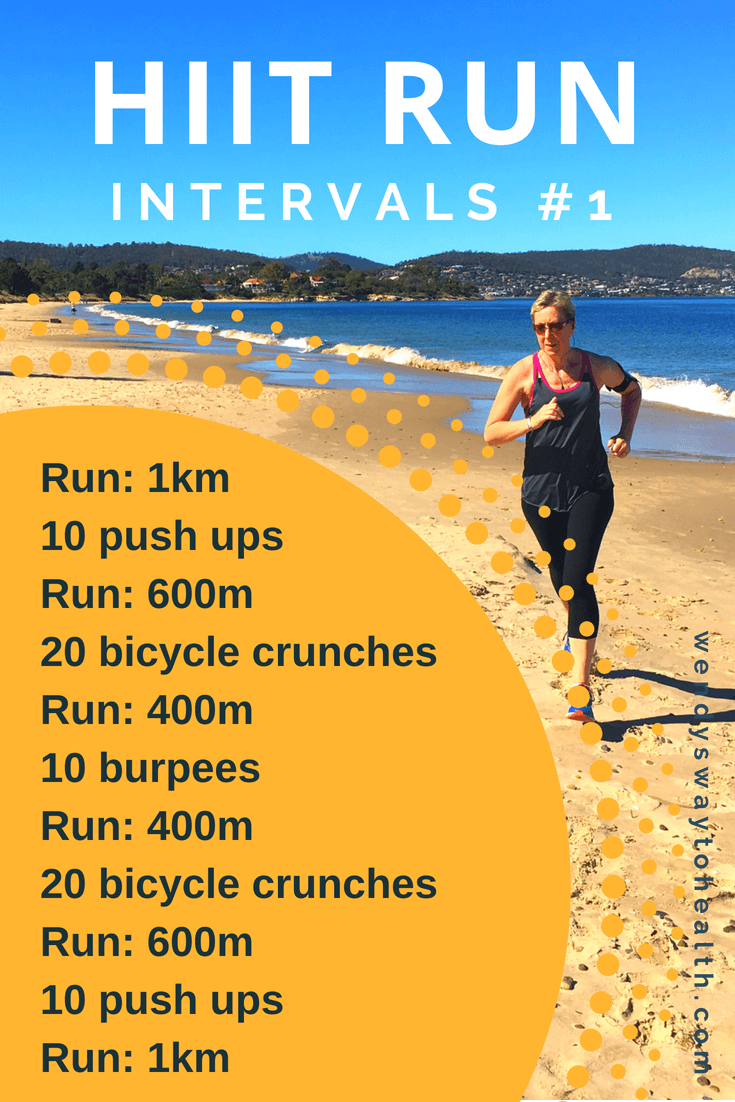Master Your Running Workout: Effective Strategies for Success
Master Your Running Workout: Effective Strategies for Success
Blog Article
The Ultimate Guide to Taking Care Of Discomfort When Running
For joggers, experiencing discomfort during runs is not unusual, and recognizing how to efficiently take care of and avoid it can make a substantial difference in your overall performance and pleasure of the sport. Whether you are an experienced marathoner or simply starting your running journey, comprehending the numerous sorts of discomfort that can emerge and the strategies to address them is critical. From pre-run warm-up routines to proper shoes option, there are countless elements to take into consideration when it involves handling pain while running. This extensive guide will equip you with the knowledge and tools necessary to navigate via the pain and empower you to achieve your running objectives with better convenience.

Understanding Different Kinds Of Running Discomfort
When running, it is vital to differentiate between various kinds of pain to avoid injuries and take full advantage of performance (Read More). One common sort of pain that runners may experience is muscular tissue pain, which typically arises from the stress put on muscle mass throughout exercise. This kind of discomfort is commonly a typical part of the running process and can be managed through proper warm-up, cool-down, and stretching regimens
An additional kind of pain to be knowledgeable about is joint pain. Joint discomfort can indicate concerns such as overuse, improper type, or underlying problems like joint inflammation. Disregarding joint pain can cause extra serious injuries, so it is vital to address any type of pain promptly and potentially look for specialist guidance.
Furthermore, sharp or stabbing discomforts need to not be ignored. These sorts of discomfort can signify acute injuries such as strains, sprains, or stress and anxiety cracks - running workout. Continuing to run with these kinds of discomfort can intensify the injury and extend healing time

Pre-Run Workout and Extending Routine
To prepare the body for a running session, applying a reliable pre-run workout and extending regular is crucial. A proper warm-up aids enhance blood circulation to the muscle mass, boosts adaptability, and lowers the threat of injury throughout the run. Start with dynamic stretches like leg swings, arm circles, and high knees to slowly raise your heart rate and relax the muscular tissues. Dynamic extending assists imitate the activities you'll be doing while running, preparing your body for the activity in advance. Follow this with fixed stretches focusing on major muscle teams such as the hamstrings, quadriceps, calf bones, and glutes. Hold each go for regarding 15-30 seconds without jumping to advertise muscle mass relaxation and flexibility. Bear in mind to pay attention to your body and change the intensity of your workout based upon your health and fitness level and any pre-existing conditions. By including a regular pre-run warm-up and stretching regular into your running regimen, you can maximize efficiency and reduce the risk of pain or injury.
Proper Shoes Selection and Fit
Picking ideal footwear that fits well is crucial for joggers to avoid discomfort and minimize the risk of injuries. Uncomfortable shoes can cause blisters, black nails, shin splints, and other uncomfortable problems that can prevent efficiency and sideline training. When choosing operating shoes, it is important to consider variables such as foot type, running gait, arch assistance, padding, and shoe dimension. running strategy. Going to a specialized running store for a stride analysis and specialist installation can help guarantee that you choose the right footwear for your individual requirements. Running footwear must provide ample support and security while likewise fitting and lightweight. In addition, it is suggested to replace your running shoes every 300-500 miles to preserve proper cushioning and assistance. Buying high-quality footwear that is ideal for your running style and foot makeup is a proactive action in the direction of avoiding discomfort and injuries throughout your runs.
Nourishment and Hydration Tips for Discomfort Prevention

Hydration is just as vital for runners to prevent aches, dehydration, and various other discomforts that can cause pain during running. It is advised to drink an appropriate amount of water throughout the day and particularly in the past, during, check it out and after running sessions. Electrolyte-rich beverages or sporting activities beverages can likewise be beneficial for renewing shed minerals and maintaining proper liquid equilibrium. running workout (Read More). By prioritizing nourishment and hydration, runners can boost their performance, decrease pain, and enjoy a much more comfortable running experience.
Post-Run Recuperation Techniques to Ease Discomfort
Implementing efficient recuperation techniques is necessary for minimizing discomfort and promoting muscular tissue recovery after running sessions. One vital post-run recuperation technique is stretching. Integrating fixed stretches for major muscular tissue teams can help minimize muscle stress and discomfort. Foam rolling is another helpful technique to release muscle mass rigidity and improve blood circulation to the muscles, helping in quicker recuperation. In addition, icing sore areas for 15-20 minutes can help decrease inflammation and numb discomfort post-run.
Consuming a balanced treat or meal that includes healthy protein and carbs within 30 minutes of finishing a run can help fix muscle mass tissue and restore power shops. By integrating these post-run recovery strategies right into your routine, you can effectively handle pain and maximize your running efficiency.
Conclusion
To conclude, resolving different kinds of running discomfort through correct workout, stretching, shoes choice, nutrition, hydration, and post-run recuperation methods is vital for pain avoidance and administration. By comprehending the root causes of discomfort and implementing these approaches, runners can decrease discomfort and potential injuries. It is vital to prioritize total physical health and wellness and well-being to ensure an effective and pleasurable running experience.
Report this page